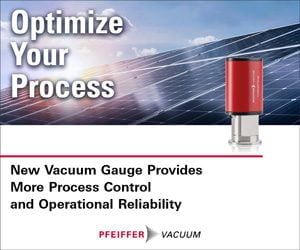There are a number of different ways to get the financing you need for your business, especially when it comes to an asset such as a vehicle. Two of the most popular options are lease financing and hire purchase – but what are the differences?
Why you need finance
When you start a business, there’s the urge to do everything while spending as little money as possible and this can be wise. But as you grow and scale your business, you want to expand, do new things or do more of the same and this will often require the purchase of new assets.
While it would be nice to have the money to buy the asset outright, this is often not the case. That’s when financing comes in and there are various options. Two of the most common options are lease financing and hire purchase. Both offer a great way to get the assets you need without having to pay for them upfront.
Lease financing
A lease is a financial contract between the business (known as the user or lessee) and the equipment or asset supplier (known as the owner or lessor). Leases have a set period of repayment with periodic payments, usually monthly.
Lease financing differs from lease purchase in so much as the customer never owns the asset but instead returns the asset at the end of the lease, normally taking out a new lease on the replacement asset.
Hire purchase
Hire purchase or HP is an instalment purchase where the business (the hirer) spreads the cost of the item over a set period of time rather than paying the cost to buy the item as a single upfront payment. The monthly or regular payment will include the agreed interest amount as well as payment towards the overall cost of the item.
At the end of the HP agreement, the item is then owned outright by the hirer. A common example of this is when people buy a car – you may pay for it over five years and at the end, the car is yours to keep.
The main differences
With a lease finance agreement, the ownership of the asset remains with the owner, but the user will have complete control over the asset. It allows the spreading of the cost and includes interest at a set or variable rate depending on the deal agreed and the asset can appear on the company balance sheet.
With a hire purchase agreement, the ownership of the asset is in the name of the hirer but until the agreement is complete, the company offering the finance also have a financial interest in it. This means if they decide to withdraw the facilities, an agreement is needed. Payments for the HP can appear on the balance sheet.
With lease finance, the interest element of the payment can be offset against taxable profits to help reduce the tax payment the company needs to make while with HP, the payment can be shown as a business expense.
There’s no right or wrong answer to the question of which option will work best – that’s why it pays to work with experts in business finance to get the right option for your business. But with the right option, you can grow and scale your business with the assets that you need without worrying about having the entire cost in one lump sum.
For more information about our hire purchase or lease financing options, get in touch today to speak to our team.









